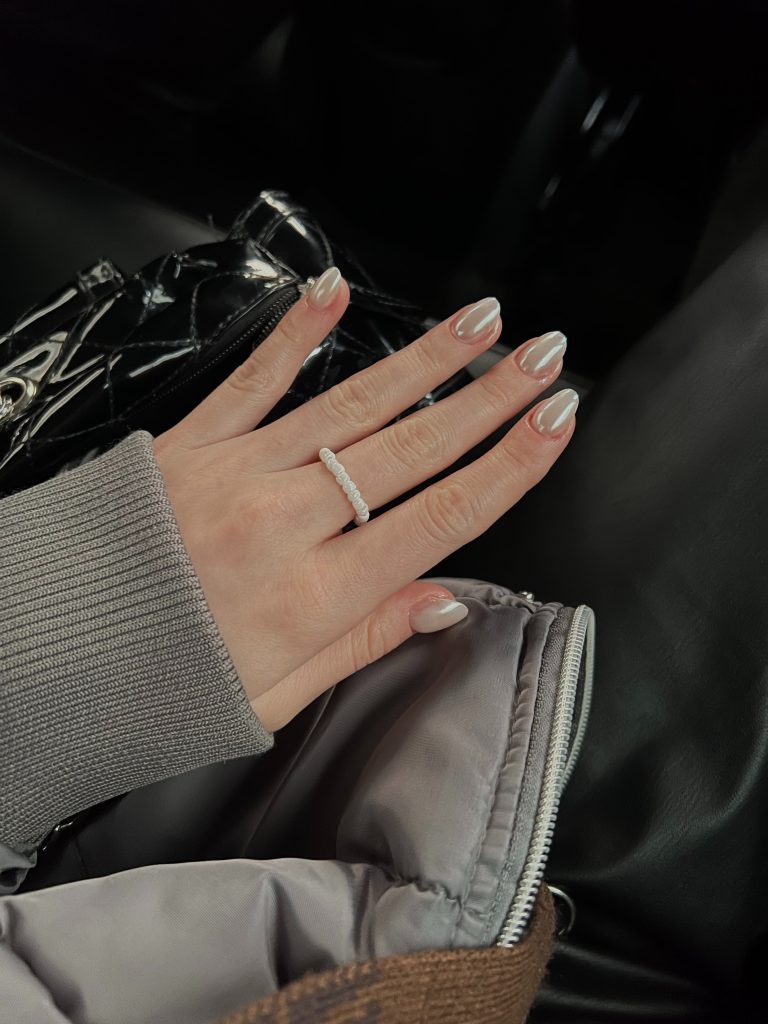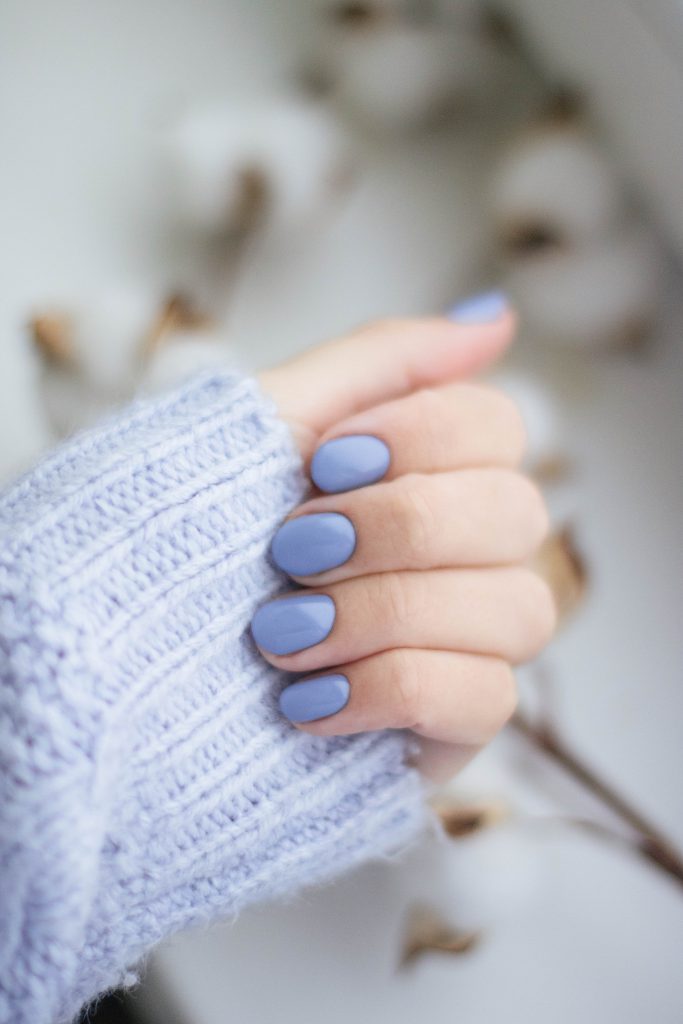Treat Your Nail Problems
Common Nail Problems And How To Fix THem
Nails are not just for show, they can actually be indicators of our overall health. When your nails look and feel healthy, it’s a good sign that you’re taking care of yourself. But if you’re experiencing nail problems, it may be time to address the underlying issue. In this blog, we’ll discuss some common nail problems and how to fix them.
Brittle Nails
- Brittle nails are nails that are dry, weak, and prone to breaking. This can be caused by a number of factors including nutritional deficiencies, dehydration, and overexposure to water or harsh chemicals.
- To fix brittle nails, it’s important to keep them moisturized. Apply a moisturizer or cuticle oil to your nails and cuticles regularly. You should also avoid harsh chemicals and excessive exposure to water. Additionally, make sure you’re eating a balanced diet that includes foods rich in vitamins A, C, and E, as well as biotin and protein.
Yellow Nails
- Yellow nails can be caused by a number of factors, including smoking, fungal infections, and wearing nail polish for long periods of time.
- To fix yellow nails, you should first identify the underlying cause. If you’re a smoker, quitting is the best thing you can do for your overall health and the appearance of your nails. If you suspect a fungal infection, see a doctor for treatment. And if you’re wearing nail polish frequently, give your nails a break and let them breathe.
Ingrown Nails
- Ingrown nails occur when the edge of the nail grows into the surrounding skin, causing pain, redness, and swelling. This can be caused by improperly trimmed nails, tight shoes, and injury to the nail bed.
- To fix ingrown nails, it’s important to soak your feet in warm water to soften the skin and reduce inflammation. You can also gently lift the nail and place a small piece of cotton underneath to help it grow straight. If the ingrown nail is severe or infected, see a doctor for treatment.
Split Nails
- Split nails occur when the nail becomes brittle and begins to split or peel. This can be caused by overexposure to water or harsh chemicals, nutritional deficiencies, and fungal infections.
- To fix split nails, it’s important to keep your nails moisturized and avoid harsh chemicals. You should also eat a balanced diet that includes foods rich in vitamins A, C, and E, as well as biotin and protein. If you suspect a fungal infection, see a doctor for treatment.
White Spots
- White spots on the nails are a common nail problem that are often caused by injury to the nail bed. They can also be caused by a fungal infection.
- To fix white spots on the nails, it’s important to identify the underlying cause. If the white spots are the result of an injury, they will grow out as the nail grows. If the white spots are caused by a fungal infection, see a doctor for treatment.
Hangnails
- Hangnails occur when a small piece of skin tears at the corner of a nail. They can be caused by dry skin, trauma to the cuticle, or biting your nails.
- To fix hangnails, it’s important to keep your cuticles moisturized. You can use cuticle oil or a moisturizing cream to keep the skin around your nails hydrated. It’s also important to resist the urge to pick or bite at your nails, which can cause further damage.
Ridged Nails
- Ridged nails are nails with small, vertical ridges that can be caused by a number of factors, including aging, nutritional deficiencies, and injury to the nail bed.
- To fix ridged nails, it’s important to maintain a balanced diet that includes foods rich in vitamins A, C, and E, as well as biotin and protein. You can also try buffing your nails with a nail buffer to smooth out the ridges. If you’re concerned about the appearance of your nails, consult a dermatologist for treatment options.
Nail Fungus
- Nail fungus is a common nail problem that can cause the nails to become thick, discolored, and brittle. It can be caused by exposure to warm, moist environments, such as locker rooms or public showers.
- To fix nail fungus, it’s important to see a doctor for treatment. Treatment options may include topical or oral antifungal medications, as well as keeping your nails dry and avoiding exposure to warm, moist environments.
Spoon Nails
- Spoon nails are nails that are thin and concave, with a depression in the middle of the nail. They can be caused by iron deficiency anemia, which can result in a lack of oxygen to the nail bed.
- To fix spoon nails, it’s important to identify and treat the underlying cause. If you suspect that you have iron deficiency anemia, consult a doctor for treatment. You can also take steps to maintain healthy iron levels, such as eating a balanced diet that includes iron-rich foods like red meat, spinach, and beans.
Beau’s Lines
- Beau’s lines are horizontal ridges or grooves that run across the nail bed. They can be caused by a number of factors, including injury to the nail, illness, and nutritional deficiencies.
- To fix Beau’s lines, it’s important to identify and treat the underlying cause. If you suspect that your Beau’s lines are caused by an illness or nutritional deficiency, consult a doctor for treatment. You can also help prevent Beau’s lines by keeping your nails moisturized and avoiding injury to the nail bed.
Clubbing
- Clubbing is a condition in which the nails become thickened and curved, and the tips of the fingers become enlarged. It can be caused by a number of underlying medical conditions, including lung disease and heart disease.
- To fix clubbing, it’s important to see a doctor for treatment of the underlying condition. Treatment may include medication or surgery to address the underlying issue.
By maintaining good nail care habits, identifying and treating underlying issues, and seeking medical attention when necessary, you can keep your nails looking and feeling healthy. Remember that your nails are not just for show, but can also serve as an indicator of your overall health. So take care of your nails and take care of yourself!






